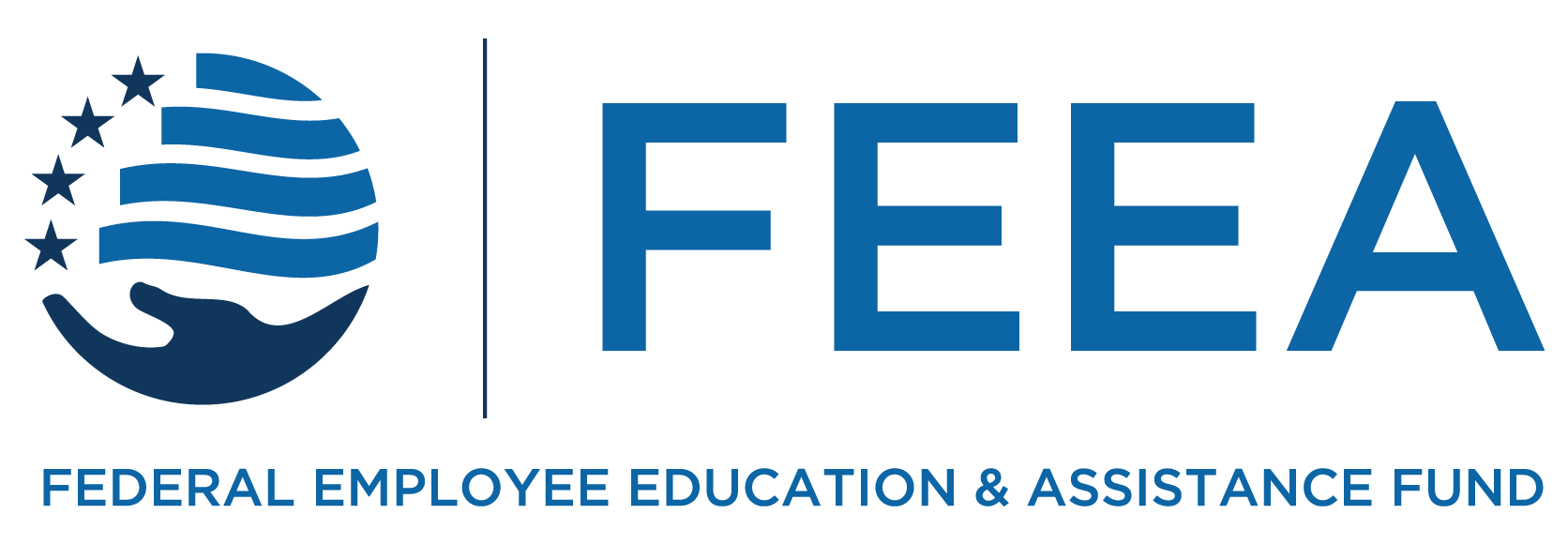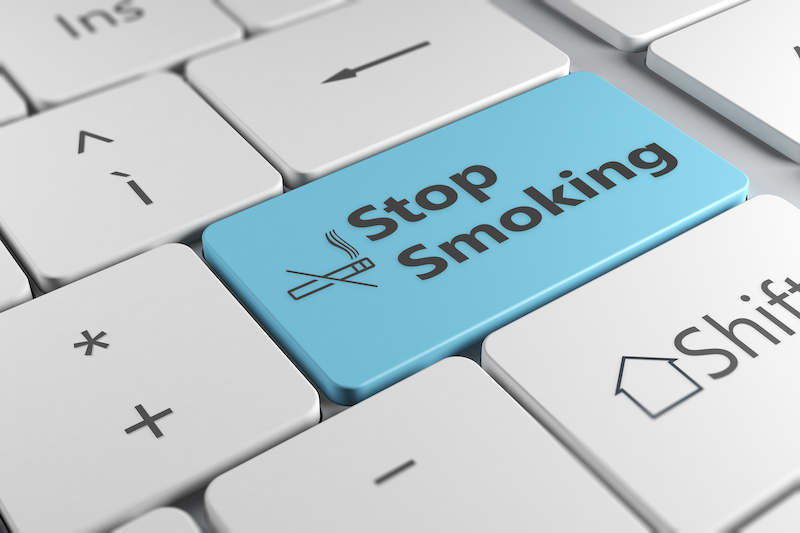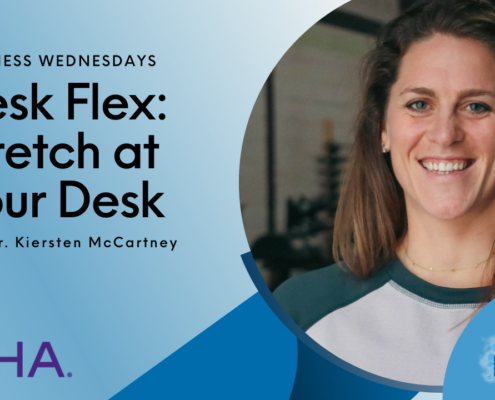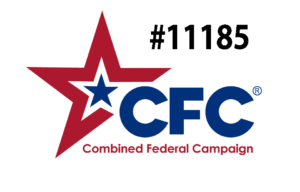by Joyce Warner
I recently sat down with Albert A Rizzo, M.D., FCCP, FACP, Chief Medical Officer, and Jennifer Folkenroth, BA, CTTS, NCTTP, NDS, National Senior Director, Tobacco Programs, from the American Lung Association to get some tips on smoking cessation.
Joyce: First, can you remind us what are the major health challenges that are linked to smoking?
Dr. Rizzo/Ms. Folkenroth: Smoking remains the leading cause of preventable disease, disability, and death in the U.S. Although the percentage of adults who smoke is at an all-time low in the U.S., 34 million adults still smoke and therefore continue to be at risk of developing smoking-related diseases. Smoking-related diseases claim more than 480,000 lives in the U.S. each year.
There are a number of health effects from smoking and secondhand smoke:
- Smoking is directly responsible for approximately 90% of lung cancer deaths and approximately 80% of deaths caused by chronic obstructive pulmonary disease (COPD), including emphysema and chronic bronchitis.
- Among current smokers, 73% of their diagnosed smoking-related conditions are chronic lung diseases.
- Secondhand smoke is a serious health hazard causing more than 41,000 deaths per year.
- Secondhand smoke can cause, or make worse, a wide range of damaging health effects in children and adults, including lung cancer, respiratory infections, and asthma.
- More than 23 million, or about 35%, of children in the U.S. have been exposed to secondhand smoke.
Lives are lost each year in the U.S. from smoking-related diseases
Joyce: How can someone plan for and get started with quitting smoking?
Dr. Rizzo/Ms. Folkenroth: Tobacco use is a chronic relapsing condition that requires evidence-based and proven effective strategies to evoke lasting change. We know that everyone can quit. 50 million ex-smokers in the United States are proof that it is possible.
Combining medication with a behavior modification program offers the best results. Smokers ready to quit should consider:
- Enrolling in a behavioral counseling program, such as American Lung Association’s Freedom from Smoking Program, which can double your chances of success; and
- Including an FDA-approved cessation medication with your tobacco treatment plan can increase that success rate by an additional 21-44%. Talk to your doctor about FDA-approved cessation medications, which are available over the counter and prescription, to identify which medication or combination of medications may be best for you.
Joyce: Do the same tips apply for other tobacco products besides cigarettes?
Dr. Rizzo/Ms. Folkenroth: Absolutely – a quit plan that includes both behavioral counseling plus FDA-approved medication is proven effective in supporting all tobacco product users (including cigarettes, e-cigarettes, smokeless tobacco, and other tobacco products) in successfully breaking free from nicotine dependency.
FEDLIFEHACKS Smoking Cessation
[Video Start]
[Video presented with written slides in English]
[music]
[FEEA #FEDLIFEHACKS logo with a light bulb at the top encased by a blue box.]
[An image of a keyboard with a cyan colored key with the words “Stop Smoing” and a cigarette icon with a line through it.]]
Tips for stopping, or helping a loved one stop, smoking
[An image a female medical professional holding up an x-ray of the chest section of a human.]
Why stop smoking?
- Smoking remains the leading cause of preventable disease, disability, and death in the U.S..
- Among current smokers, 73% of their diagnosed smoking-related conditions are chronic lung diseases.
[An image of a cigarette split in half.]
How can someone get started quitting?
- Combining medication with a behavior modification program offers the best results. Smokers ready to quit should consider:
- Enrolling in a behavioral counseling program
- Talking to your doctor about FDA-approved cessation medications
[an image of various vaping pens.]
What about other tobacco products?
- The tips are the same for cigarettes, e-cigarettes, smokeless tobacco, and other tobacco products.
[An image of a woman upset and holding her hands to her head. ]
Does quitting have any side effects?
Identified signs of nicotine withdrawal include:
- Depressed moode
- Insomnia
- Irritability
- Frustration or anger
- Anxiety
- Difficulty concentrating
- Restlessness
- Decreased heart rate
- Increased appetite or weight gain
[An image of a man looking out a window and drinking a glass of water]
Is there relief for withdrawal symptoms?
Some things that might help are:
- Using an FDA-approved cessation medication
- Getting extra sleep
- Drinking lots of fluids, especially water
- Staying active
[An image of an African American female in the pool with swim goggles around her kneck.]
How can I keep from feeling discouraged if I slip?
Remember:
- Most people need more than one try to quit for good.
- Celebrate small goals - every moment you don’t smoke is a success
- Learn from each attempt and make a new plan
- Talk to your doctor or counselor about support
- Never give up
[An image of three women embracing one another.]
How can I help a friend who is quitting?
- Give encouragement, ask how you can help, check on them and ask how they’re feeling, don’t nag or scold, give lots of praise, and let them know you understand they may have mixed feelings about quitting.
[An image of a female (mother) speaking to a teenage girl while seated on the bed.]
Any advice for parents?
Before talking to your teen about vaping or other tobacco use:
- Know the facts
- Put yourself in your child’s shoes
- Take an open and calm approach
- Find the right time and place to talk
- Take time to practice what you want to say
for more information on this topic, visit feea.org/stopsmoking
[WAEPA logo.]
FEEA thanks WAEPA for contributing to our #FedLifeHacks program
[FEEA #FEDLIFEHACKS logo with a light bulb at the top encased by a blue box.]
[music]
[Video End]
Joyce: Are there any side effects to expect during the quitting process, like symptoms of withdrawal from nicotine? Are there ways to prevent or lessen those symptoms?
Dr. Rizzo/Ms. Folkenroth: The American Lung Association refers to what some call “withdrawal symptoms” as “recovery symptoms,” because symptoms are positive signs that suggest the body is recovering and going back to its natural state. These recovery symptoms usually happen when someone stops using tobacco or reduces the amount used, and they can appear within two hours after the last use of tobacco. They usually peak between 24 and 48 hours after stopping tobacco use. Recovery symptoms usually last from a few days to four weeks, although cravings can persist for months.
Identified signs of nicotine withdrawal include:
Four strategies will help relieve these symptoms:
Individuals quitting tobacco need to remember:
Joyce: What if you slip? Any tips on how to bounce back?
Dr. Rizzo/Ms. Folkenroth: It is important to note that a slip isn’t the same as relapse. We encourage participants who experience a slip to get right back on track and continue in their cessation efforts.
If an individual relapses back to smoking after making a quit attempt, it’s important to remind themselves that:
- Quitting is a process not an event. It takes most tobacco users several tries before they’re able to quit for good; on average 9-11 attempts.
- Every moment you don’t use tobacco is a success; even the smallest goals met should be celebrated.
- Each quit attempt is an opportunity to learn. Knowing what worked and what didn’t work will help to develop a newer, stronger plan to quit this next round.
- You should update your tobacco treatment plan with a behavioral counseling program to develop strategies for overcoming risky situations, plus FDA-approved medication to help curb cravings. Then set a quit date and stick to it.
- Never give up on trying to quit for good.
Joyce: What’s the best way someone can support a loved one on their journey to quit smoking?
Dr. Rizzo/Ms. Folkenroth: Many former tobacco users say a big factor in quitting was help and encouragement from family, friends, and co-workers. Here are some ways to give your support:
- Encourage your friend to set a quit date and offer to help in any way needed. If your friend hasn’t fully made up their mind to quit, help think of some reasons for quitting.
- Quitting is different for every tobacco user. Ask your friend how you can be most helpful. This will show you care, and you really want to help. Tell your friend you think they can quit this time—even if they have tried before and failed. Most tobacco users have to “practice” quitting a few times before they quit for good.
- For the first few days after your friend quits, be ready to help. Your friend may want to talk all the time, or they may just want extra help when a tough situation comes up.
- Call or visit to check how your friend is doing. Ask how your friend is feeling, not just whether or not your friend is still off cigarettes. No nagging, scolding or preaching – these just don’t work. Instead, let your friend know how much you admire them for trying to quit.
- Give lots of praise and offer rewards for getting through a day, week, or month without using tobacco. Rewards can be simple – flowers, a lunch treat, or helping with a chore your friend often does. Suggest doing things together, such as eating in the nonsmoking area of a restaurant, going to a movie, or taking a walk.
- Your friend may not feel that they want to quit. Their tobacco products may have been a steady friend for a long time. These feelings are normal even in tobacco users who do quit for good. Let your friend know you understand these doubts.
50 million ex-smokers in the the United States are proof that it is possible.
– Albert A Rizzo, M.D., FCCP, FACP, Chief Medical Officer of the American Lung Association
Joyce: We have a lot of parents among our readers. Do you also have some tips on how to discourage young people from starting to smoke or vape and also any specific tips for helping them stop if they do start?
Dr. Rizzo/Ms. Folkenroth:
The American Lung Association provides several resources for parents to engage with their teens to talk about tobacco use, including e-cigarettes and vaping devices.
We encourage parents to download our Parent Conversation Guide at TalkAboutVaping.org and before they talk with their teens, they can better prepare for an impactful conversation by:
- Knowing the facts
- Putting themselves in their child’s shoes
- Taking an open and calm approach
- Finding the right time and place to talk
- Taking time to practice
The American Lung Association is here to help teens wanting to quit tobacco use. For teens who find themselves dependent on tobacco, we offer Not On Tobacco, or N-O-T, a voluntary, comprehensive approach to helping teens quit all types of tobacco. This adult-led and facilitated group program supports healthy behavior change and developing life skills to support teens on their quit journey.
We are also excited to announce the launch of American Lung Association’s new NOT for Me app, a self-guided, mobile-friendly, web-based app that gives teens the tools to quit tobacco use. This new digital modality is based off our Not On Tobacco (N-O-T)® youth cessation in-person group program curriculum which has 25 years of proven success in helping young tobacco users gain strength, health, and freedom from nicotine addiction and tobacco dependency. NOT for Me offers a 6-week program including eight self-paced sessions which may be utilized by youth remotely to best serve those teens who may not have access to a local Not On Tobacco (N-O-T)® program facilitator or for those who may not feel comfortable participating in a group format. American Lung Association’s NOT for Me app is available at no cost at www.NOTforMe.org.
Joyce: Thank you so much for your time today. We also encourage all federal employees and their family members struggling with a tobacco addiction to reach out to their healthcare providers to start the conversations on how they can kick the habit.
RELATED STORIES FROM FEEA
Subscribe to FEEA’s Newsletter
FEEA thanks WAEPA for contributing to our #FedLifeHacks program
Would you like to reprint this piece in your agency human resource, federal employee association, or union local newsletter? You can do so at no cost by contacting admin@feea.org with your request.
The information provided in this piece is for your convenience and informational purposes only and not to be construed as professional advice. FEEA and its coauthors and sponsors are not liable for any losses or damages related to actions or failure to act with regard to the content in this piece.














